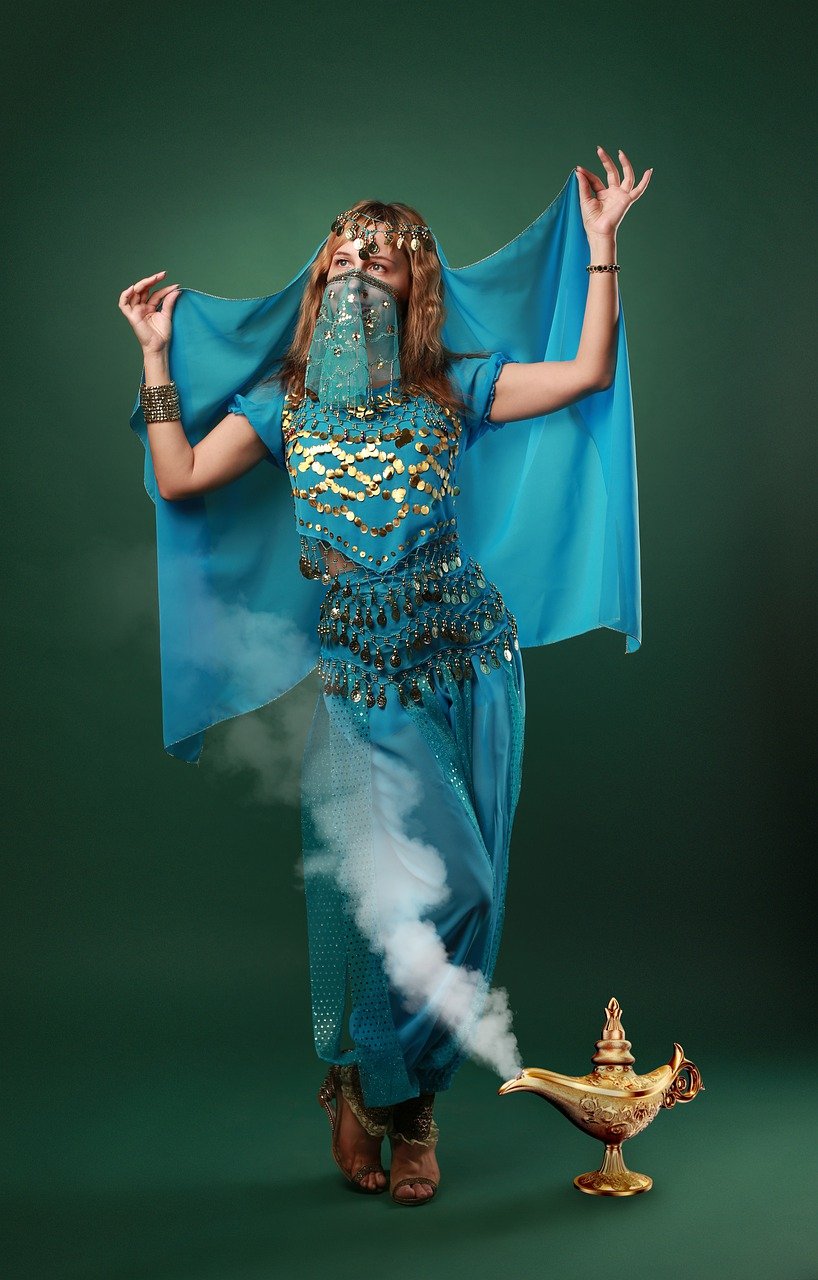Introduction to Belly Dance
Belly dance, also known as Oriental dance, is an ancient art form that originated in the Middle East and has gained popularity worldwide. It is a mesmerizing dance style that emphasizes fluid movements of the hips and abdomen, creating a visually captivating performance. While belly dance is often celebrated for its beauty, grace, and cultural richness, it is important to acknowledge that there are also disadvantages associated with this art form. In this article, we will delve into the hidden side of belly dance and explore some of the challenges and drawbacks that dancers may face.
The Positive Aspects of Belly Dance
Before we delve into the disadvantages, it is crucial to acknowledge the positive aspects of belly dance. This art form offers numerous physical and mental benefits. Belly dance is a fantastic way to improve flexibility, strengthen core muscles, and enhance posture. It promotes body awareness and self-expression, allowing dancers to connect with their emotions and express themselves through movement. Additionally, belly dance is a celebration of cultural diversity, fostering cross-cultural understanding and appreciation.
The Physical Demands and Challenges of Belly Dance
While belly dance offers many physical benefits, it also poses certain challenges. The movements in belly dance require precise muscle isolation, which can be difficult to master. Dancers must dedicate hours of practice to develop the strength and control necessary to execute movements with fluidity and grace. The repetitive hip and abdominal movements can also put strain on the body, leading to potential injuries. Moreover, the costumes worn in belly dance, while beautiful, can be restrictive and uncomfortable, further adding to the physical demands of the dance.
Cultural Appropriation and Misrepresentation in Belly Dance
One of the significant concerns surrounding belly dance is the issue of cultural appropriation and misrepresentation. With the growing popularity of belly dance in mainstream media, there has been a tendency to dilute and commodify this traditional art form. This has resulted in the misrepresentation of belly dance, perpetuating stereotypes and reinforcing cultural biases. It is essential to recognize and respect the cultural origins and significance of belly dance, ensuring that it is practiced and represented in a culturally sensitive and authentic manner.
Body Image and Self-Esteem Issues in Belly Dance
Belly dance celebrates the beauty of all body types, but unfortunately, the dance industry has not always embraced this inclusive mindset. Dancers, particularly women, can face body image and self-esteem issues due to unrealistic beauty standards prevalent in the industry. There is pressure to conform to a certain body shape and size, leading to feelings of insecurity and self-doubt. It is crucial for the belly dance community to promote body positivity and create a supportive environment that values diversity and individuality.
The Financial Costs of Pursuing Belly Dance
Pursuing belly dance as a professional career can come with significant financial costs. The expenses associated with classes, workshops, costumes, and performance opportunities can quickly add up. Dancers may also need to invest in musical instruments, props, and other accessories to enhance their performances. Additionally, the income potential in the belly dance industry can be uncertain and inconsistent, making it challenging to sustain a stable livelihood solely through dance. Aspiring belly dancers must carefully consider the financial implications and plan accordingly.
Social Stigma and Misconceptions Surrounding Belly Dance
Despite its rich cultural heritage, belly dance still faces social stigma and misconceptions in many societies. It is often associated with negative stereotypes and objectification of women. These misconceptions can lead to judgment and prejudice towards belly dancers, making it harder for them to be taken seriously as artists. The misconceptions surrounding belly dance can create barriers to acceptance and respect within the wider community, causing dancers to face discrimination and marginalization.
The Lack of Professional Opportunities in Belly Dance
While belly dance has gained popularity globally, there is a lack of professional opportunities for dancers. Unlike other dance forms, such as ballet or contemporary dance, belly dance often does not receive the same level of recognition and support. This limited professional landscape can make it challenging for belly dancers to find sustainable career paths. It requires immense dedication, perseverance, and entrepreneurial spirit to create opportunities and establish oneself as a professional belly dancer.
Balancing Personal Life with the Commitment to Belly Dance
Belly dance demands a significant commitment of time and energy, which can sometimes strain personal relationships and other aspects of life. Rehearsals, performances, and travel can consume a substantial amount of time, leaving little room for other pursuits. Maintaining a work-life balance becomes a challenge, particularly for those who aspire to pursue belly dance professionally. It requires effective time management and open communication with loved ones to strike a harmonious equilibrium between personal life and the commitment to belly dance.
Conclusion: Acknowledging the Disadvantages while Celebrating the Art of Belly Dance
In conclusion, while belly dance is a beautiful and culturally rich art form, it is important to recognize the disadvantages and challenges that come with it. From the physical demands and cultural appropriation to body image issues and limited professional opportunities, belly dancers face a range of obstacles. However, it is crucial to celebrate the art of belly dance and work towards addressing these issues. By promoting inclusivity, cultural sensitivity, and support within the belly dance community, we can ensure that this ancient art form continues to thrive while empowering and inspiring dancers worldwide.
